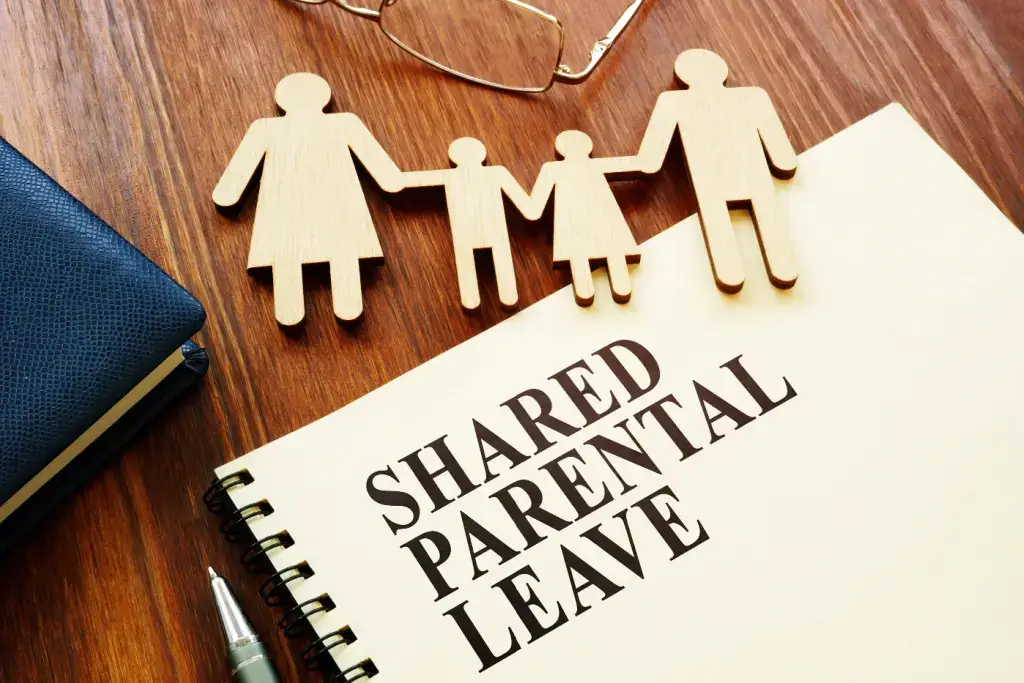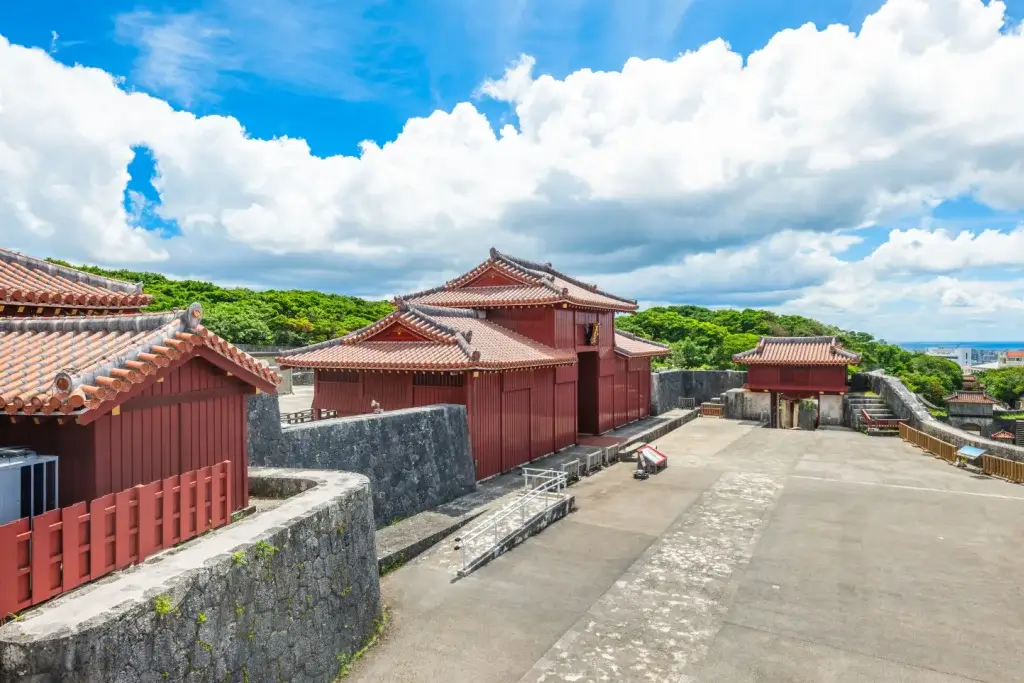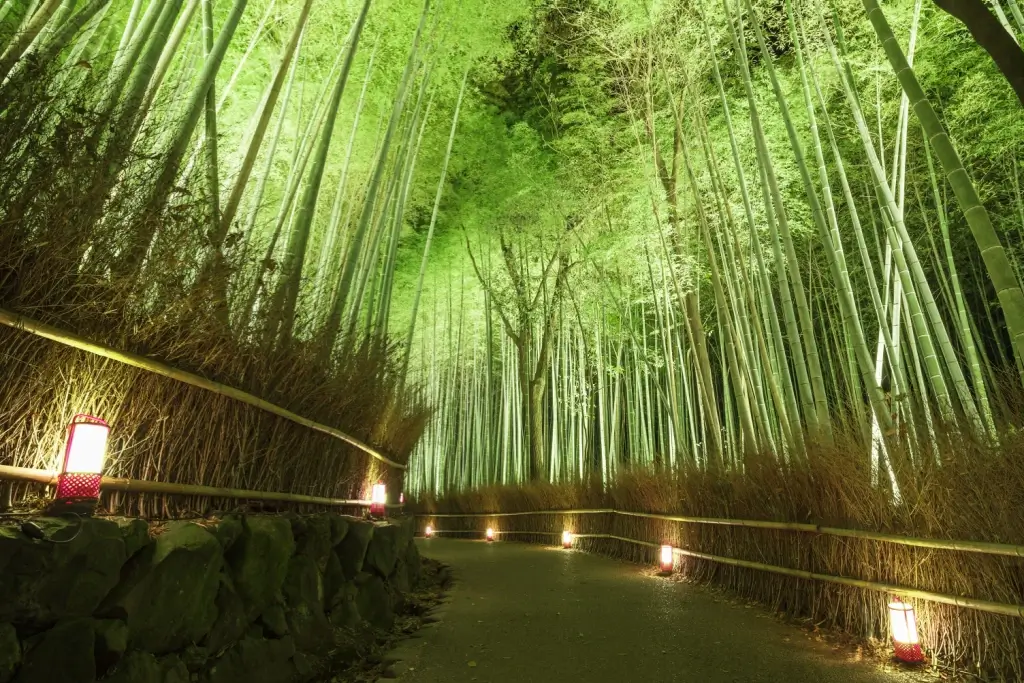japan, paternity leave
Paternity Leave in Japan: How Fathers Are Redefining Parenting

Anna Ayvazyan
Posted on August 27, 2025
Share:

In Japan, fathers are joining the frontlines of early childcare! More men are leaving the office to feed, soothe, and bond with their newborns, supporting their partners in once rare ways. In this article, we explore the rise of paternity leave, how initiatives like “papa leave” reshape fatherhood, and the steps you can take if you’re considering taking time off yourself.
Understanding Childcare Leave in Japan for Fathers and Mothers
In Japan, mothers and fathers can take time off when their child is born. There are two main types of absence: childcare at Birth Leave (Shusseiji ikuji kyugyo) and Childcare Leave (ikuji kyugyo). But until recently, very few men actually used childcare leave. Traditionally, childcare responsibilities fell mostly on mothers, while fathers focused on work.
This tradition has slowly been changing over the last decade. The government has recognized that encouraging men to take childcare leave is essential for gender equality, family well-being, and the country’s economy. Childcare leave allows parents to take time off work until their child turns one year old. During this period, parents can receive financial support through employment insurance, which replaces part of their income.

In 2022, the government introduced a new system called “papa leave” (sango papa ikukyu). This system allows fathers to take time off twice within the first year after their child’s birth. This policy aims to make it easier for fathers to spend more time with their newborns and support their partners. The government also runs awareness campaigns and provides subsidies to companies that promote male employees’ use of childcare leave.
As a result, more fathers are taking advantage of these benefits. While the percentage is still low compared to mothers, the numbers continue to grow yearly. This shift shows that families and workplaces are slowly embracing a more balanced way of raising children.
The Evolution of Paternity Leave in Japan
Paternity leave in Japan has come a long way. The concept first appeared in the early 1990s, when the government introduced its Childcare and Family Care Leave Law. At that time, the focus was mainly on supporting mothers, and very few fathers even considered taking time off. Work culture was extremely demanding, with extended hours and an unspoken expectation that men should dedicate themselves fully to their jobs.
In the 2000s, the country faced serious challenges such as a declining birthrate and a shrinking workforce. Policymakers realized that encouraging both parents to share childcare duties could help improve family life and potentially increase the number of children born. As a result, reforms gradually expanded fathers’ rights to take time off.

The turning point came in the 2010s, when the government began actively pushing for men to participate in childcare. Campaigns highlighted the benefits of fathers being present in their children’s early lives. In 2022, new rules were introduced to make paternity leave more flexible and appealing. Fathers could now split their time off into two periods within the first year, which made it easier to work together with their partner’s needs.
Although Japan has some of the world’s most generous paternity leave policies on paper, cultural barriers remain. Many men fear being seen as less dedicated if they take time off. However, attitudes are shifting, and younger generations are increasingly willing to break old traditions. Today, Japan’s story of paternity leave is still being written, but progress is evident.
Recent Rise of Men Taking Paternity Leave
In recent years, more fathers have chosen to take paternity leave. In 2024, around 40% of new fathers used childcare leave, the highest rate ever recorded! This is a big increase from just over 30% in the previous year and shows a clear shift in attitudes toward parenting. Thanks to the expanded “papa leave” system and many companies introducing new father-friendly policies, young dads are becoming more motivated to take time off.

Many fathers use this time to bond with their newborns and support their partners during the early months of parenthood. Early involvement can strengthen family relationships and positively affect children’s development. As more men experience the benefits of paternity leave firsthand, social acceptance is growing. Taking time off for childcare is gradually becoming a regular part of modern Japanese family life.
How do new fathers go on leave in Japan?
Taking paternity leave is straightforward once you know the steps. Start by informing your employer at least a month in advance. Some companies require a written request, while others accept online forms, so reviewing your company’s employee handbook is essential to know the correct way. Next, apply for childcare leave benefits through Employment Insurance, which replaces part of your salary (up to 67% for the first six months, then 50%).
The “papa leave” system allows fathers to take up to four weeks’ absence within the first eight weeks after childbirth, all at once or in two separate periods. After this, they can also take additional childcare leave until the child turns one year old. Planning and communication with your employer and partner can ensure a smooth, supportive experience.

Why is the rise of paternity leave in Japan significant?
The rise of paternity leave shows that parenting roles are changing. More fathers actively participate in their children’s early lives, supporting their partners and family bonds. Government policies, company support, and shifting attitudes make taking time off easier and more accepted.
As paternity leave becomes a regular part of family life, Japan is moving toward a culture of shared parenting and stronger, more balanced families. Does your country have paternity leave? Let us know in the comments below!

Discover authentic flavors with Sakuraco
Get Sakuraco 

Discover authentic flavors with Sakuraco
Get Sakuraco 
Related Articles

Japanese Gin: How a New Distillery Is Redefining Craft Spirits
Japanese gin has gained popularity due to the use of local ingredients and meticulous production methods by many distilleries. A new gin from Fukushima is adding momentum to this trend by focusing on the region’s water and native plants.

Shuri Castle Receives Partial Restoration in 2025
Shuri Castle, an iconic symbol of Okinawa’s Ryukyu Kingdom heritage, has long captivated the hearts of both locals and visitors. Located in the vibrant city of Naha, Okinawa, the castle’s bright vermilion walls and graceful architecture tell the story of a unique kingdom that flourished independently for centuries.

Kyoto Bamboo Forest Light Show: Illuminating Tradition and Nature
Every autumn, Kyoto’s Arashiyama Bamboo Grove (also known as the “Kyoto Bamboo Forest”) has mesmerized visitors with its mysterious charm and soothing atmosphere. The bamboo light show has returned in 2025 after a four-year break caused by the pandemic.

Japan Winter Came Too Early: Should We Be Worried?
Typically, late November brings cool days, with dipping temperatures around 10 to 15°C (50–59°F) in many regions. This year, though, things feel different. Because of these changes, many people are asking: Did Japan’s winter really arrive too soon?



